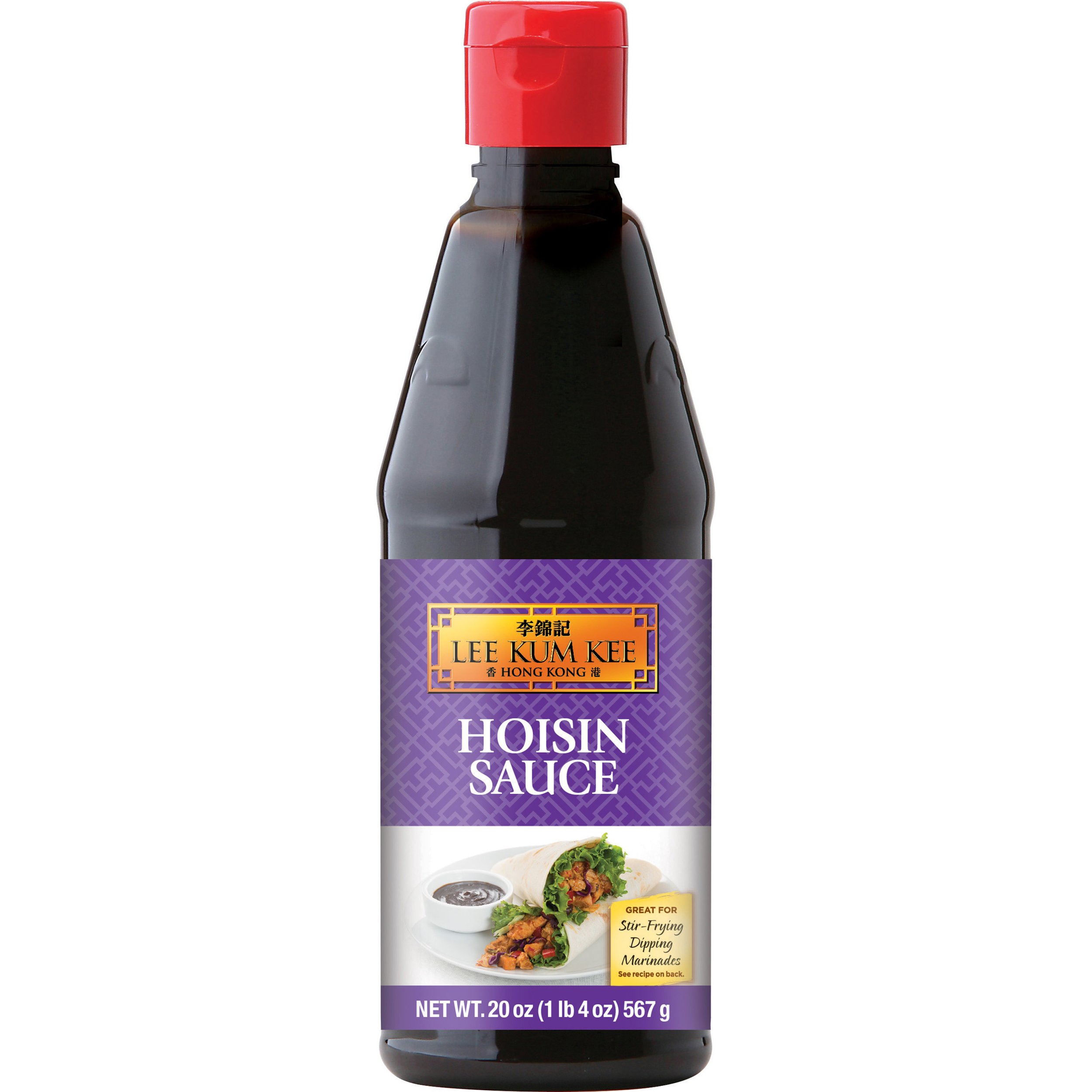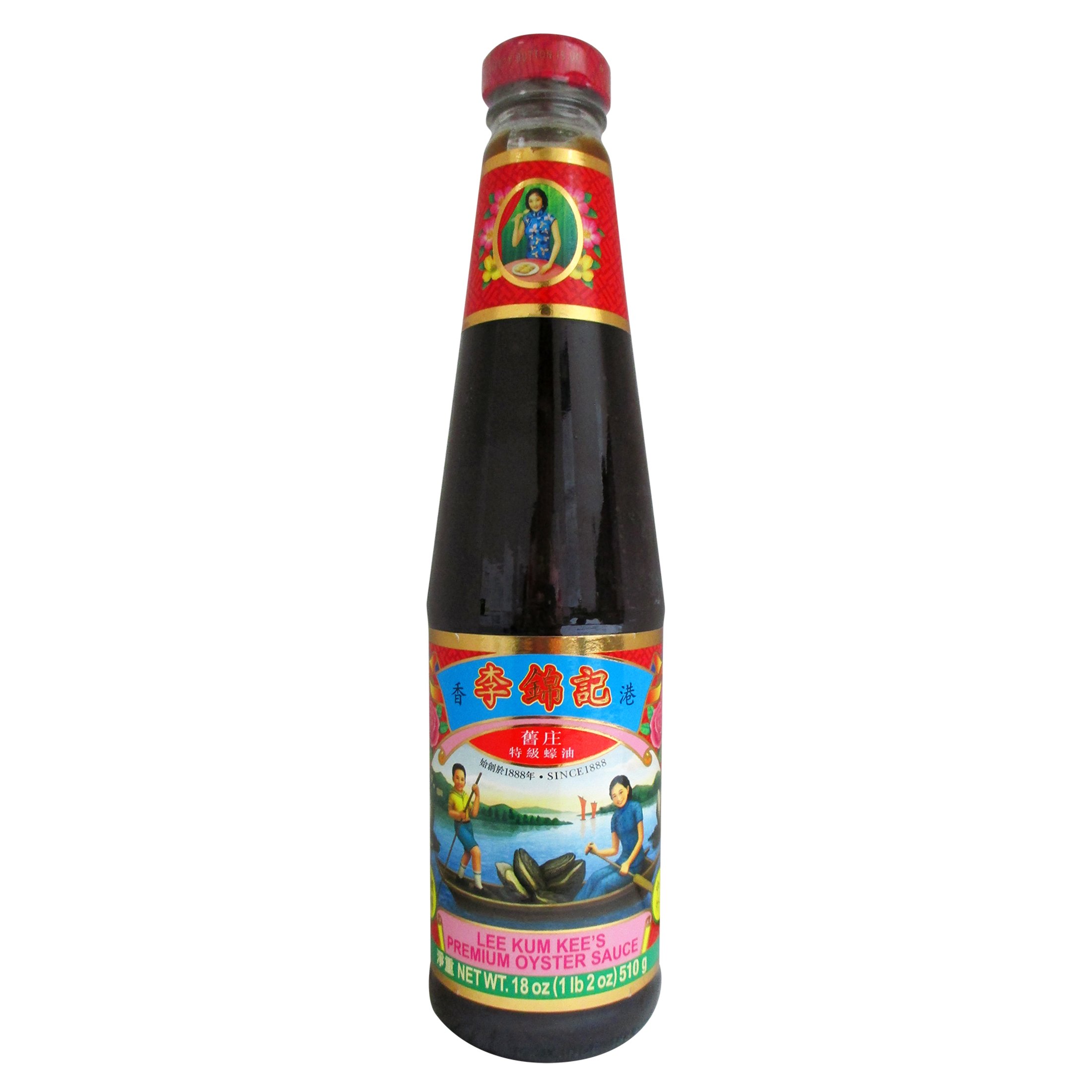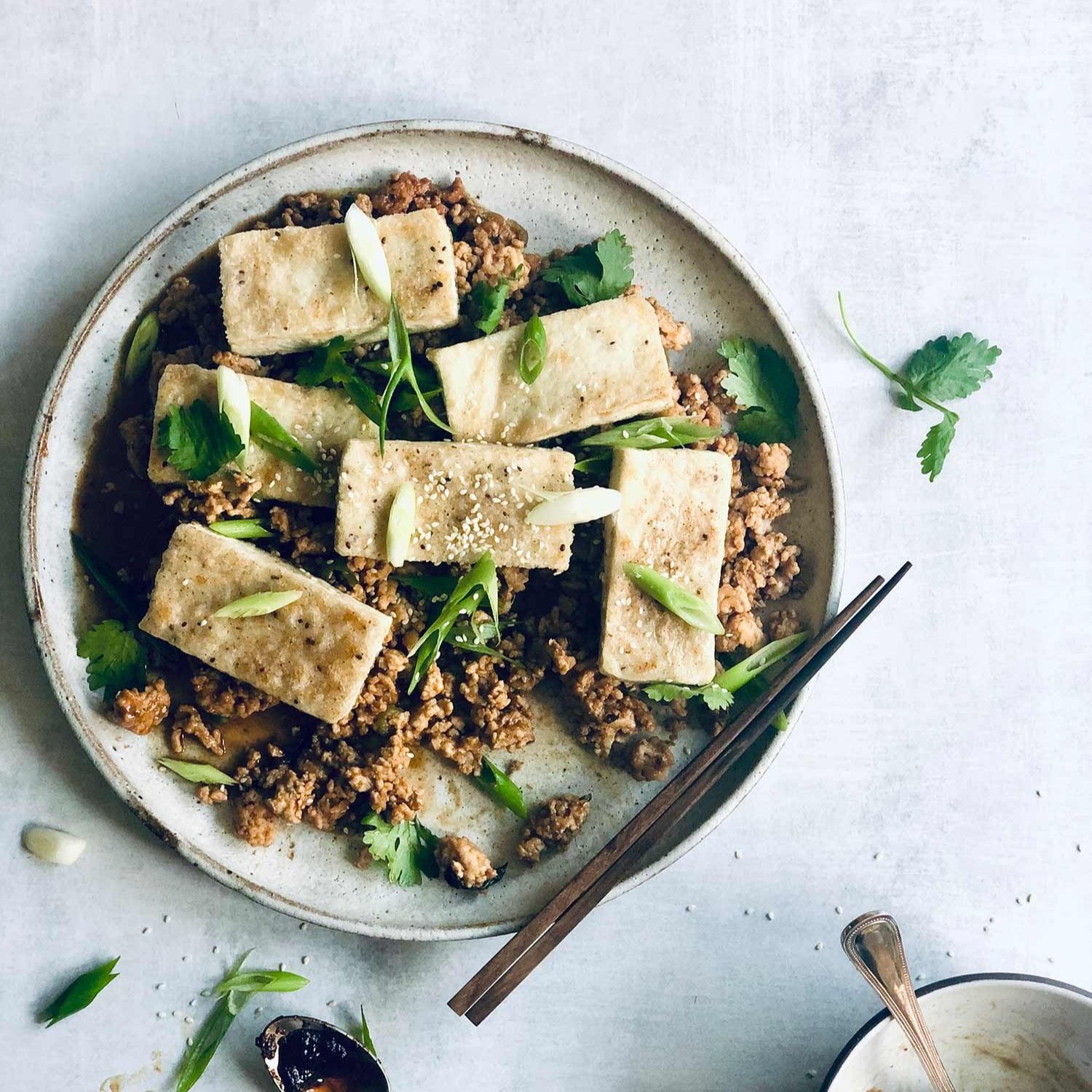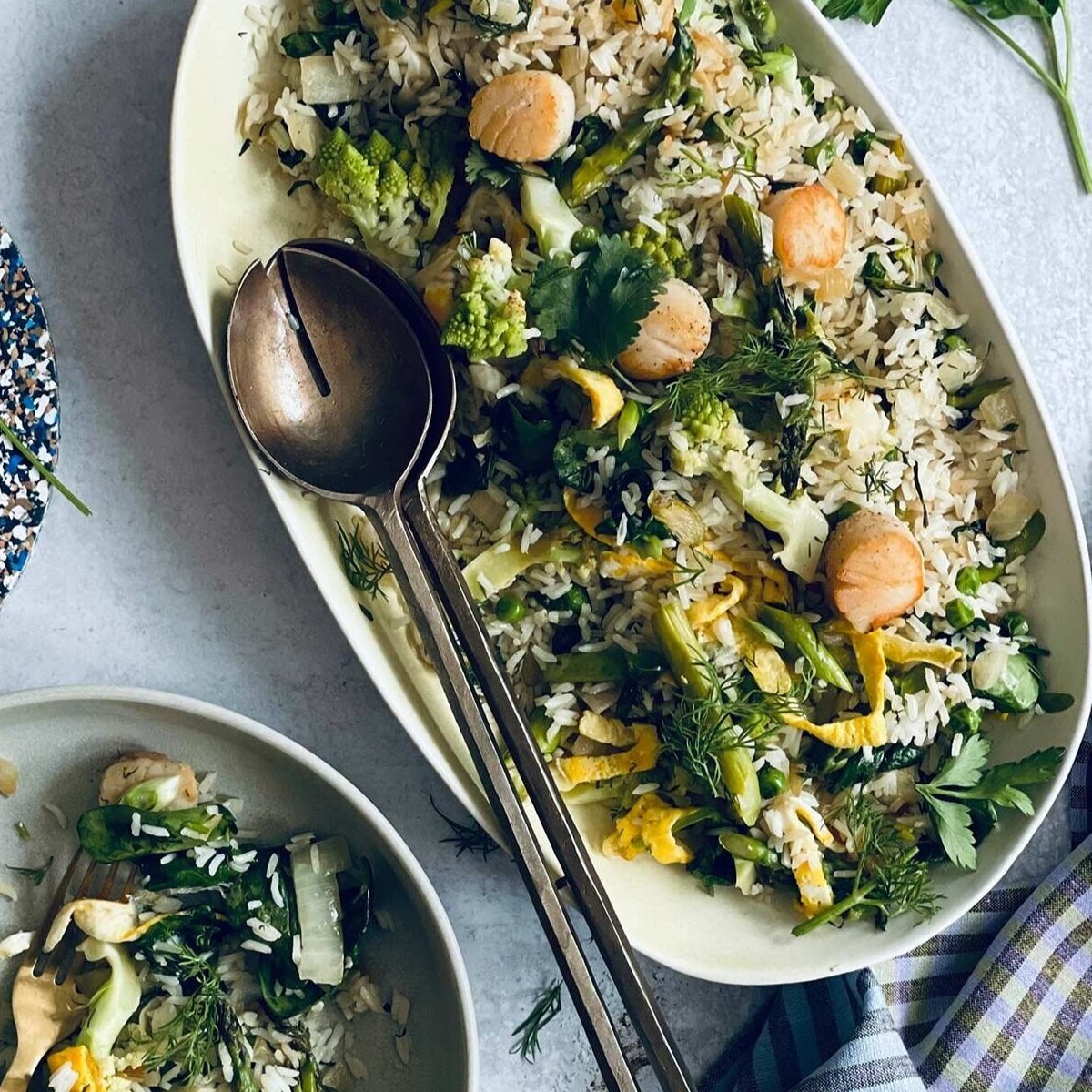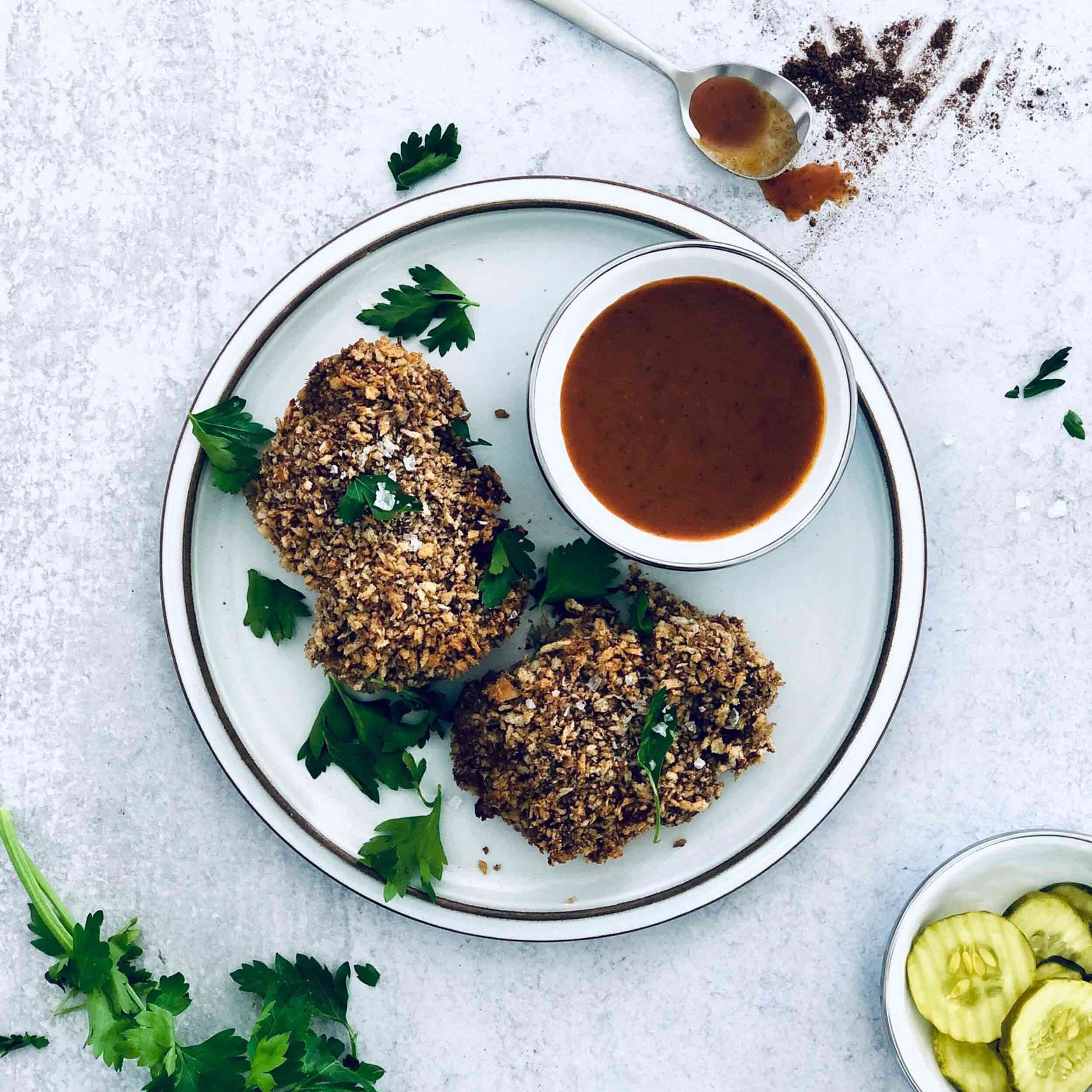Peter’s Asian Pantry Essentials
So let’s face it, the quickest way to big flavor and FAST is a handful of pantry and fridge staples that pack a punch. I’ve gathered my favorite Asian pantry go-to’s that I always have on hand to give any dish that dose of umami. And what’s best— they usually only require a spoonful or a dash to create depth, and all can live in your fridge or pantry for a while. Growing up in a Chinese-American household, we were stocked with soy sauce, hoisin and the like; but, now my pantry has expanded and has crossed borders to bring in Japanese miso, Korean gochujang and more for a broader spectrum of taste sensations. I should note— there is a large range of options to buy under each category— so I’ve tried to provide a variety— some brands are independently owned, others you might only find in an Asian market, and others are widely available in most supermarkets— so see what’s available in your community and of course online.
What are your Asian pantry essentials? Remember— these are my personal favorites— everybody’s go-to’s might look a bit different— but the key is to remember to have fun, experiment and see what kind of magic you can make with these Asian flavor players.
Fish Sauce
Made from fish that have been coated with salt and fermented for up to two years, it’s a staple in East Asian and Southeast Asian cuisine— especially Thailand, Vietnam, Cambodia and Indonesia. Fish Sauce’s deeply funky, fishy and salty flavor packs a potent punch, so use a small splash at a time and try pairing it with acid like lime to round out the flavor. Serving suggestion: A splash in your salad dressing or vinaigrette.
Hoisin Sauce
A thick condiment using fermented soybean paste as a base. It’s commonly used as a glaze for meats, a dipping sauce or as a flavor agent in stir frys. Hoisin is highly versatile—it’s sweet, savory umami flavor gives a background depth of flavor to practically anything and it’s truly a personal favorite. Think of it as Worcestershire’s sassy cousin. Serving suggestion: Toss with roasted veggies.
Rice Wine Vinegar
Rice wine vinegar has a mild, less acidic taste than most western vinegars and features sweet background notes. It’s the perfect finishing touch to any dish that needs a bit of brightness and it’s also wonderful in vinaigrettes. Because of the lower acidity, you won’t have to add as much oil.
Mirin
Similar to sake but with a lower alcohol content and more sweetness, mirin is the key to many of your favorite Japanese sauces, broths and marinades. It’ll lend acidity and a depth of flavor anywhere you’d add dry sherry or marsala in cooking, but it’s the high sugar content that’ll create umami. Brush it on fish or meat before roasting or add a splash to ceviche and your tastebuds will thank you.
Soy Sauce
Perhaps the most well-known of Asian condiments with origins in China— it’s made of fermented soybeans and is endlessly useful for bringing flavor to meats, fish….anything really! I prefer to buy Low Sodium so I can control the salt in my dish. Also grab some dark soy sauce, which is aged longer than regular soy sauce— it’s thicker, deeper in color and has a rich mellowed flavor.
Gochujang
This Korean classic is a red chili paste condiment that’s savory, sweet and spicy with a deep, rich, fermented complexity. The varieties are vast (I have a strawberry gochujang in my fridge) but what makes gochujang one of my to go-to’s is its vast versatility. Add to roasted vegetables, stir into stews, or use as a dipping sauce.
White Pepper
In Chinese cooking, white pepper is more commonly used than black pepper— it’s less spicy and has a complex earthy flavor that’s perfect for soups, stews, marinades and more. And don’t worry, white pepper still has heat— it’s more of a slow burn that builds instead of the instant hit that black pepper gives.
Five Spice Powder
Of all the spices in my pantry, I’ve found Chinese Five Spice to be one of my favorites. A blend of (you guessed it) five spices including cinnamon, star anise and Sichuan peppercorns, it can be used in both sweet and savory ways. Consider Chinese Five Spice the MUCH more fun cousin to Pumpkin Spice. Try my Five Spice Roast Chicken or my Five Spice Honey for a quick incredibly delicious faux caramel that’s perfect on ice cream or citrus.
Chili Crisp
Savory, spicy, hot and delicious, Chili Crisp hails from Sichuan and is a versatile staple on my countertop. Classically used as a condiment at the table, it’s perfect atop grilled steak, folded into a compound butter, slathered on bread for grilled cheese, and even atop ice cream! Try my Chili Crisp Grilled Cheese Madame or my Chicken Tenders with Chili Crisp Dip.
Kewpie Mayonnaise
Japanese Kewpie mayo uses egg yolks and rice vinegar for a creamier texture and a bit more sweetness and tang. The richness of Kewpie is dreamy— use it anywhere you would use regular mayonnaise. I would recommend using a bit less and cutting back on salt if you do. Serving suggestion: A dollop in your ramen or on your scrambled eggs.
Cornstarch
Technically cornstarch isn’t used for flavor, but I’d be remiss to not include it in my Asian kitchen essentials. Cornstarch is that magic ingredient that will thicken a sauce, create a crispy exterior on fried foods, tenderize meats in a marinade and round out doughs and noodles. The most common usage is at the end of the cooking process when a slurry is made of cornstarch and water and then added into a stir fry to create a glossy silky sauce that coats whatever you might be cooking to perfection.
Sriracha
Originally hailing from Thailand, Sriracha is made from a paste of chili peppers, vinegar, garlic, sugar and salt, Sriracha is a well-rounded balance of heat and sweet which makes it a go-to for that finishing touch for anything from tacos to fried rice.
Toasted Sesame Oil
The key here is the ‘toasted’ part— which lends a beautifully deep, rich and nutty flavor. I primarily use it at the end to finish a dish, as its flavor is powerful and can easily overpower other flavors— so use a little— it’ll go a long way.
Oyster Sauce
Oyster Sauce is exactly that— a thick sauce made oysters that have been cooked down with the extracts mixed with salt, sugar and other ingredients. The flavor is sweet, salty, barbeque-like and— yup, you’ve guessed it— full of umami and is widely used in mostly Chinese and Thai cooking for stir frys, marinades and sauces.


